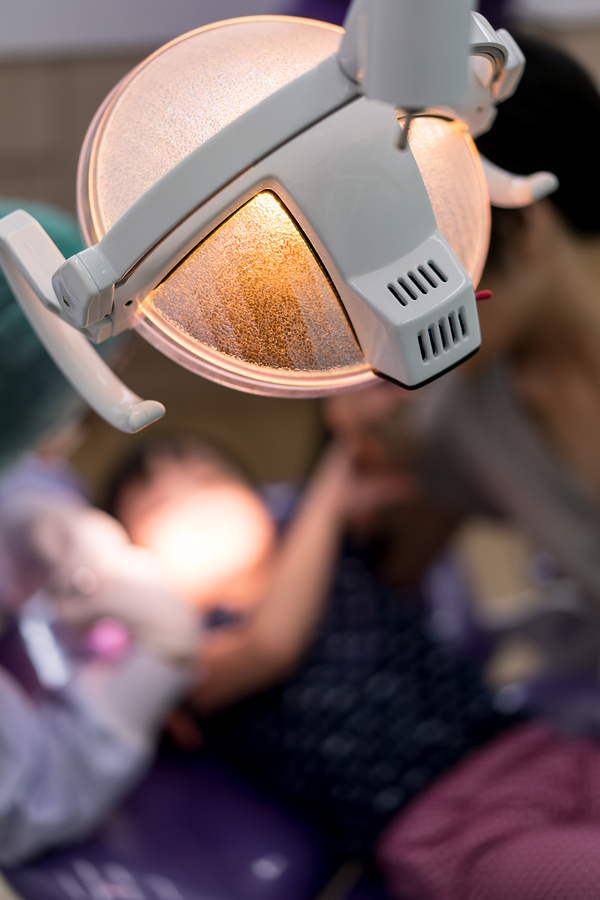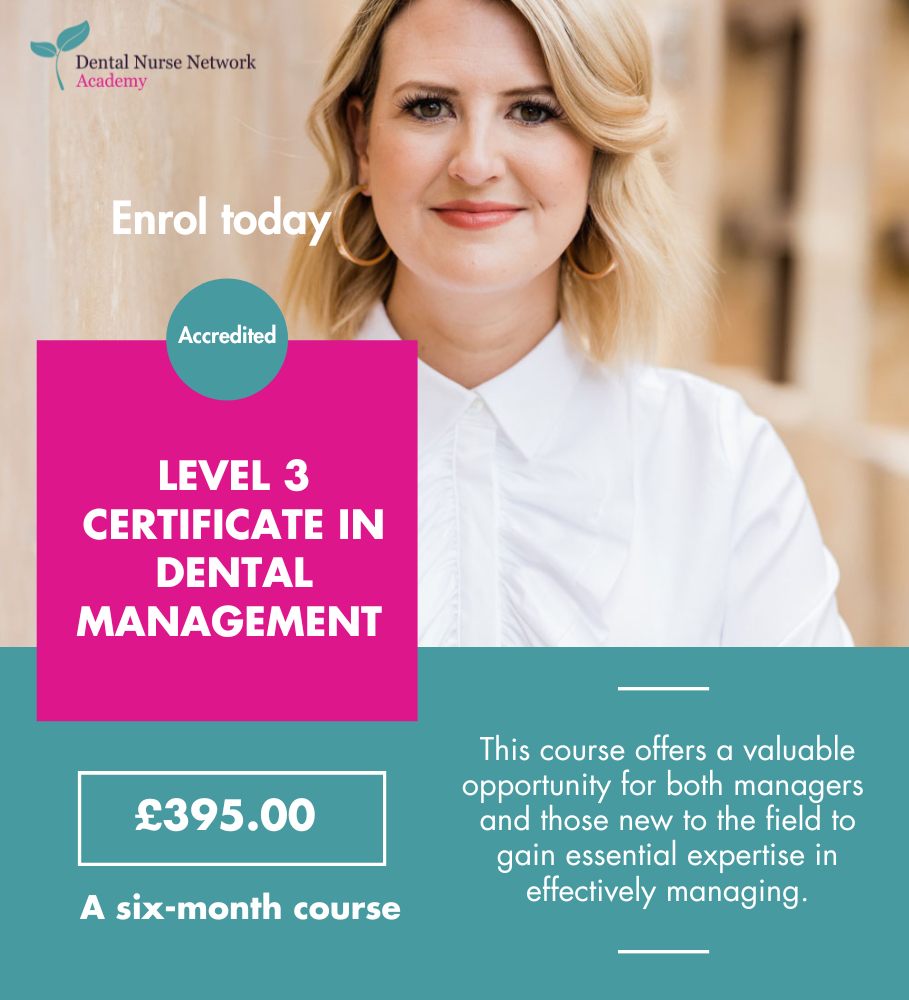
In a world where cosmetic dentistry is becoming more popular, one of the easiest and least invasive ways to change a smile is tooth-whitening.
There are different ways to whiten teeth, including both in-surgery procedures and at-home procedures. Both are able to achieve good results and provide patients with a whiter, brighter smile. This often gives patients a confidence boost.
Tooth-whitening does require the use of strong whitening/bleaching products, and to ensure the safety of the patient, appropriate pre-whitening dental checks must be carried out to ensure there are no underlying issues.
When tooth-whitening goes wrong, it can result in chemical burns and even damage to teeth, requiring treatment such as root canal treatments. To help minimise the risks to patients from unsafe tooth-whitening practices, in 2013 the General Dental Council (GDC) confirmed that tooth-whitening counted as the practice of dentistry and made it illegal for anyone other than a GDC-registered professional to carry it out. This means that a dentist is required to complete a pre-treatment assessment and provide a prescription for DCPs to engage in any procedures.
Despite this, the number of illegal tooth-whitening procedures that were reported to the GDC increased from 582 cases in 2018 to 732 in 2019 – a rise of 26%. Since 2015, the GDC has launched 126 prosecutions against people who unlawfully carry out tooth-whitening.
What is the role of dental nurses in tooth whitening?
The Scope of Practice from the General Dental Council (GDC) sets out the tasks a dental nurse may carry out so long as they are trained, competent and indemnified. There are a number of skills that a dental nurse may acquire which allow them to take an active role in the tooth-whitening process – in particular the ‘at-home’ method of tooth-whitening.
These skills are:
- taking before and after tooth shades;
- taking before and after clinical photographs;
- to a dentist’s prescription, taking impressions for whitening trays;
- pouring, casting and trimming study models from the impressions;creating vacuum-formed whitening tray/s.
Remember that the dentist must initially carry out a dental examination and prescribe the treatment. The dentist must see the patient, fit the trays and demonstrate how to use the whitening gels provided.
For further information on the role of the dental nurse in tooth-whitening, please see the Dental Nurse Network free CPD on tooth whitening here.

